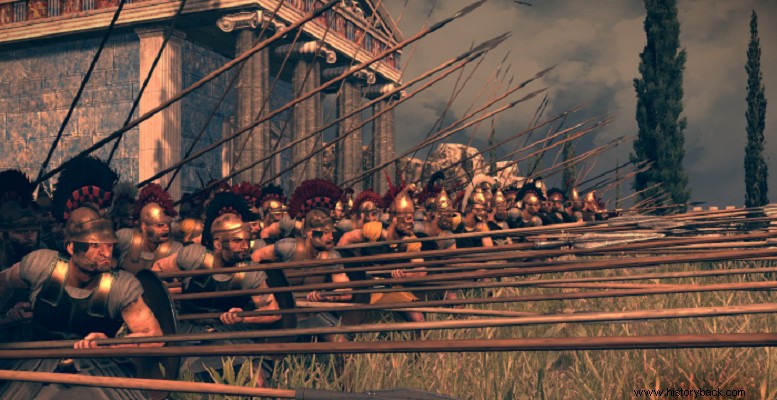
The site of Thermopylae has enormous historical weight. The heroic resistance of the Spartan king Leonidas of his 300 and 700 Thespians remains a monument to the century. However, the strategic passage became a battlefield several times both before and after the sacrifice of Leonidas, until 1941.
In the 3rd century A.D. the Roman Empire seemed to be collapsing. Government instability and foreign intrigues had led it to chaos . The army raised emperors to the throne and enemies invaded at will.
In 254 AD the hordes of the Germanic Goths had invaded the imperial lands and had reached Thrace and Macedonia, plundering. The Goths attacked the well-fortified and guarded Thessaloniki but were repulsed with losses.
So they decided to continue south plundering and destroying the rest of Greece. The danger to southern Greece was terrifying. Roman troops, however, were not there to intercept the Germanic hordes. So the Greeks took the initiative themselves.
With the formal permission of the Roman governor of the province of Achaia the Athenian Philostratos and the Theban Dexippus they assembled a force of men with the intention of covering the pass of Thermopylae. This was not easy because the Greeks had centuries to fight being under Roman occupation.
Nevertheless, a kind of militia was formed whicharmed with every available weapon, but mainly with lances and spears . The Greeks gathered in Thermopylae where the Roman proconsul Marianos spoke to them, reminding them of the old glory of Greece and Rome.
Then they fortified the pass as best they could and waited for the enemy. The Goths they appeared shortly, many, impetuous but not particularly well organized. They attacked with fury against the Greek fortifications but each time they retreated, covering the ground with their trunks.
After repeating their attacks several times, finally frustrated, they retreated and finally withdrew from Greece.
Details of the battle are not generally known. What is known comes from the work of the historian Dexippus who is probably the general of the same name who participated. In 2010, a fragment of his work referring to the battle was discovered in Vienna.
The Byzantine historian of the 8th century also describes the battle. George Sygelos. Three historical works of Dexippus are mentioned by the great scholar and patriarch Photios.
